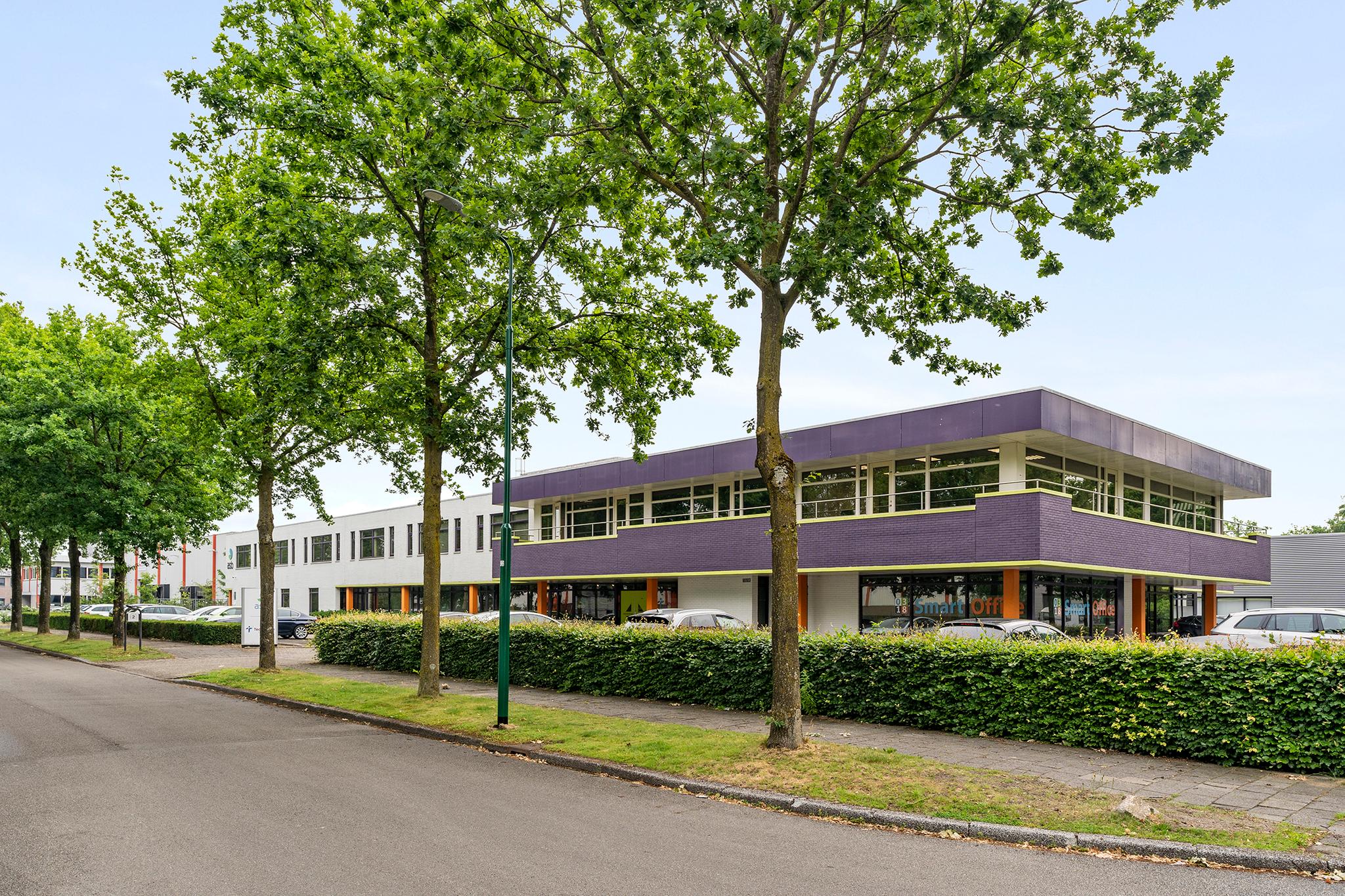A Thesis by
Ruben Lovenweent
Ghent, Belgium
Academic year: 2017 – 2018
Introduction
“The economy is disruptive” (Bower & Christensen, 1995). This almost 25 years old expression keeps staying in our economic and social image and is now more relevant than ever. It is expected that 75% of enterprises which are dominating the Standard & Poor’s 500 will no longer exist in its current form by 2027 (Foster, 2012). The beauty of a disruptive economy is that it creates two opportunities. Firstly, it allows companies to redefine how and why they work. Secondly, companies can create a better way to serve both customers and employees who choose to collaborate with them because they believe in the company’s purpose (Forbes, 2015). In order to enable those opportunities, organizations have to adjust their business model to the environment. A possible instrument for this business transformation is the implementation of augmented reality.

Augmented reality (AR)
Augmented reality (AR) is a technology whereby the real world is extended by the addition of virtual elements. It distinguishes itself from virtual reality, which simulates an entirely virtual environment (Silva, de Oliveira, & Giraldi, 2003). AR is rising in popularity, which results in an increase in development of consumer AR-applications such as Pokémon Go, ARKit or Ikea Place. Next to those consumer applications, AR is making its entrance into the business world. It can be seen as an emerging technology that enables opportunities for businesses (Deloitte, 2018). That is the reason why businesses are looking at ways to use it in an optimal way and take advantage of this technology. Therefore, there is a need for methods to analyze the impact of augmented reality on the business and the buyer-seller relationship. Such a method could be enterprise modeling.

Enterprise Modeling (EM)
Enterprise Modeling (EM) is the collective name for different techniques that visualize and analyze the working and structure of an enterprise (Fox & Gruninger, 1998). It captures various aspects of an organization or a problem situation, such as business goals, processes and actors, in an integrated way. “EM contributes to the management of an organization by supporting change management, decision-making, and planning processes both within the different organizational functions and for its IT support” (Sandkuhl et al., 2014). This explanation of Sandkuhl et al. relates with the business transformation character that AR implies. Hence, the use of enterprise modeling techniques to measure the impact of AR on businesses provides a suitable reason for research.

Objective
This Master’s Dissertation examines the impact of augmented reality on the buyer-seller relationship. To analyze this impact, it uses enterprise modeling techniques. A qualitative, multiple case-study research has been used. The main goal of the Dissertation is to evaluate the suitability to analyze the impact of AR of three different EM techniques: The Value Management Platform (VMP), Business Process Model and Notation (BPMN) and Service Blueprint (SB). The VMP is a toolkit that can be used to create a management dashboard for decision-making regarding business change. The VMP provides the interface for a background: The Value Delivery Modeling Language (VDML). VDML is a recent enterprise modeling standard adopted by the Object Management Group (OMG, 2015) to model value creation. BPMN, “will provide businesses with the capability of understanding their internal business procedures in a graphical notation and will give organizations the ability to communicate these procedures in a standard manner” (OMG, 2013). The used modeling version is BPMN 2.0. Service blueprint, “is a detailed description of a new service with its implications on working processes, time agreements, support, … in short everything which is practically necessary to ensure that the updated service runs smoothly” (Flanders Inshape, n.d.).
You can download this research paper.

